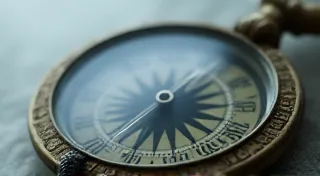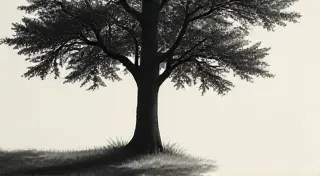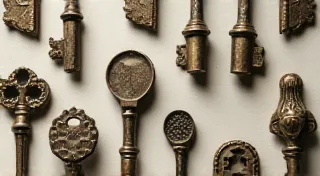The Verdant Ledger: Tracking Juniper’s Growth and the Rhythm of Care
There's a peculiar beauty in meticulousness, a quiet satisfaction derived not just from the result, but from the journey. I find myself thinking of this often when tending to my junipers, and, perhaps surprisingly, when thinking about antique accordions. Both demand a respect for the past, an understanding of intricate construction, and a willingness to devote time to subtle adjustments. An accordion, beautifully restored, breathes with a history; so too does a juniper bonsai, sculpted by time and care.
My first accordion was a Hohner Monarch, found at a dusty antique shop. Its bellows were cracked, the keys sticky, and its once-rich tone muffled. Restoring it wasn't about brute force; it was about understanding the delicate mechanics, the precise placement of each reed, and the original intention of the craftsman. Just as with a juniper, you can’t rush the process. Similarly, with juniper bonsai, haphazard trimming or aggressive wiring will invariably lead to disappointment. It's a slow dance between nature and nurture.
This principle – this understanding – is what I want to explore here: the importance of consistent observation and record-keeping in juniper bonsai cultivation. Think of it as your own ‘verdant ledger,’ a personal chronicle of your juniper's life.
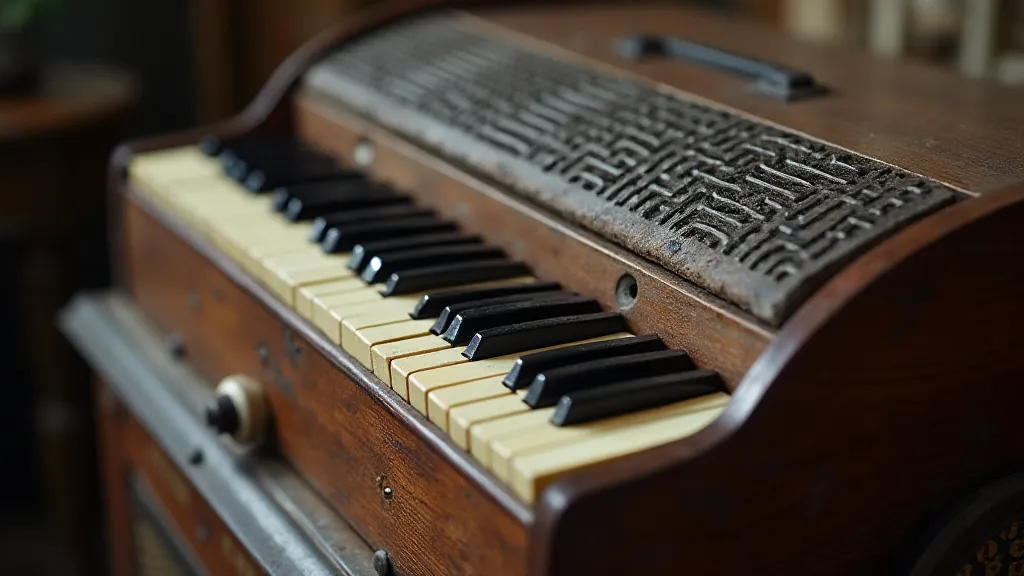
The Juniper's Narrative: Why Record Keeping Matters
Too often, bonsai cultivation is presented as a series of techniques – pruning, wiring, repotting. And while these are undeniably crucial, they are mere tools. The real art lies in understanding the individual tree, its inherent strengths and weaknesses, its responses to your care. That understanding isn't revealed in a single glance; it's unveiled over time, through careful observation and thoughtful documentation.
I started keeping a simple notebook years ago. Initially, it was just dates and basic observations: "Repotted 'Emerald Sea' – roots healthy, slight chlorosis." Now, it’s evolved. I note the angle of the sun hitting the tree during specific times of the year, the humidity levels, the impact of different fertilizer applications. I sketch out the tree's silhouette, noting new growth patterns and areas needing attention. It’s not a scientific study; it's a personal conversation with my juniper.
Why is this so vital? Because junipers aren't monolithic. ‘Procumbens Nana’ and ‘Aurea Nana’ will respond differently to the same conditions. A juniper struggling in one location might thrive in another. Your ledger helps you identify these nuances, allowing you to tailor your care precisely to the needs of *that* specific tree, not just the generic "juniper bonsai" description.
Juniper Bonsai Pruning: A Delicate Hand Guided by Observation
Let’s take pruning, a cornerstone of juniper bonsai care. A seemingly straightforward task, but one ripe for errors. Without a record of past pruning sessions, you risk over-trimming, creating an unnatural silhouette, or inadvertently removing crucial branches. Your ledger acts as a guide, reminding you of previous decisions and their impact. Did that aggressive pruning last spring encourage back-budding as intended? Or did it simply weaken the tree?
Different juniper varieties require different pruning approaches. 'Chinensis' junipers, with their more vigorous growth, need more frequent trimming to maintain their shape. 'Sargentii', on the other hand, is slower-growing and demands a more restrained approach. Your ledger can remind you of these variety-specific considerations, preventing costly mistakes.
Think about foliage ramification too. The aim isn’s always about minimizing leaf size, but also directing its development. Consistent observations of branch growth patterns in your ledger will inform your pruning decisions and ensure the tree maintains a balanced and aesthetically pleasing appearance.
Juniper Bonsai Wiring Techniques: Patience and Refinement
Wiring, another critical technique, demands even greater patience and careful record-keeping. A poorly applied wire can damage the bark and hinder growth. Your ledger allows you to track the position of wires, their impact on branch bending, and the overall shaping process. “Wired right-hand branch downwards on 2021/03/15. Checking for bark damage every two weeks.” That seemingly small entry can save you a lot of heartache later on.
Remember, wiring isn’t a one-time event. Branches need to be adjusted periodically to prevent them from returning to their original positions. Your ledger keeps track of these adjustments, ensuring a gradual and controlled shaping process. Different wiring techniques work better on different branches.
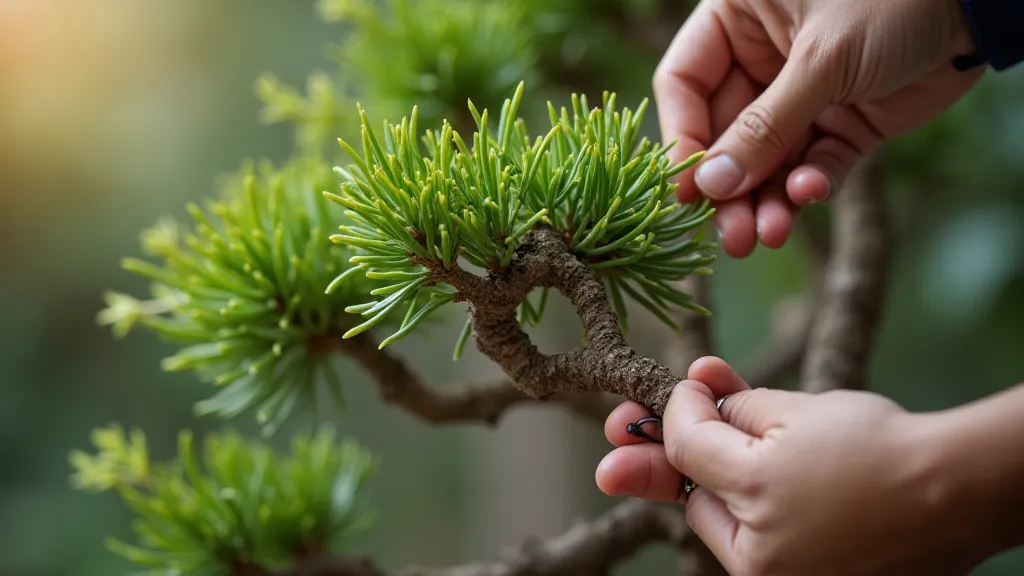
Repotting and Beyond: A Holistic Approach
Repotting is an opportunity to assess the health of the root system, the soil's drainage, and the overall vigor of the tree. Your ledger provides context. Was the tree thriving in the previous soil mix? Did it show signs of root-bound conditions? Tracking these details allows you to make informed decisions about soil composition and pot size.
Don't neglect to note any signs of disease or pest infestation. Early detection is key to preventing widespread problems. “Possible spider mite infestation on ‘Blue Star’ – treating with neem oil.” This entry not only documents the problem but also serves as a reminder of the treatment applied and its effectiveness. Consider adding details about weather conditions during these events, too – humidity, temperature, rainfall - as these can significantly affect health.
Dealing with Juniper Bonsai Diseases and Pests
The world of bonsai can be a battleground against diseases and pests. Red spider mite, juniper rust, and fungal infections are common foes. Your ledger becomes your battle plan. Documenting the first signs of infestation, the treatments used, and their effectiveness allows you to build a database of knowledge specific to your junipers. Knowing which treatments worked in the past, under specific environmental conditions, can be invaluable when facing a similar problem again.
Similarly, understanding winter protection is crucial. Different junipers have different tolerances to cold. Your ledger will serve as a reminder of which trees require extra protection, and what type of protection is most effective. Remember, a 'Procumbens Goldcrest' is often hardier than a more delicate variety like ‘Neon’.
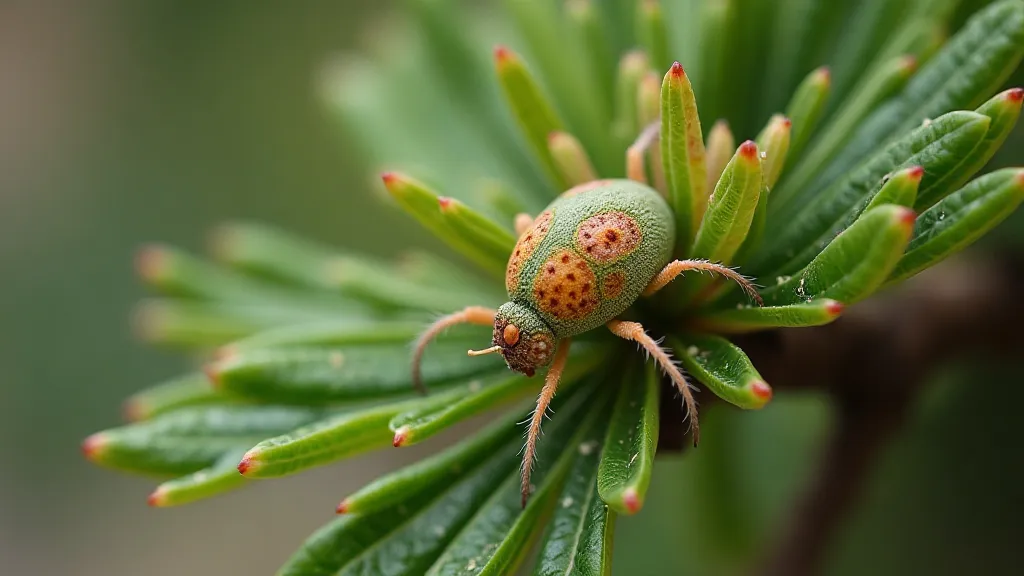
The Enduring Value of Observation
Maintaining a 'verdant ledger' isn't just about recording data; it's about fostering a deeper connection with your junipers. It’s about cultivating an appreciation for the slow, deliberate pace of nature, and the rewards that come from consistent observation and thoughtful care. It's a journey, much like restoring an antique accordion – a journey filled with challenges, discoveries, and ultimately, a profound sense of accomplishment. The beauty of a bonsai, like the rich tone of a lovingly restored accordion, isn't just about aesthetics; it's a testament to the enduring power of human dedication and the profound beauty of the natural world.
